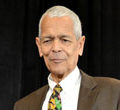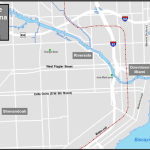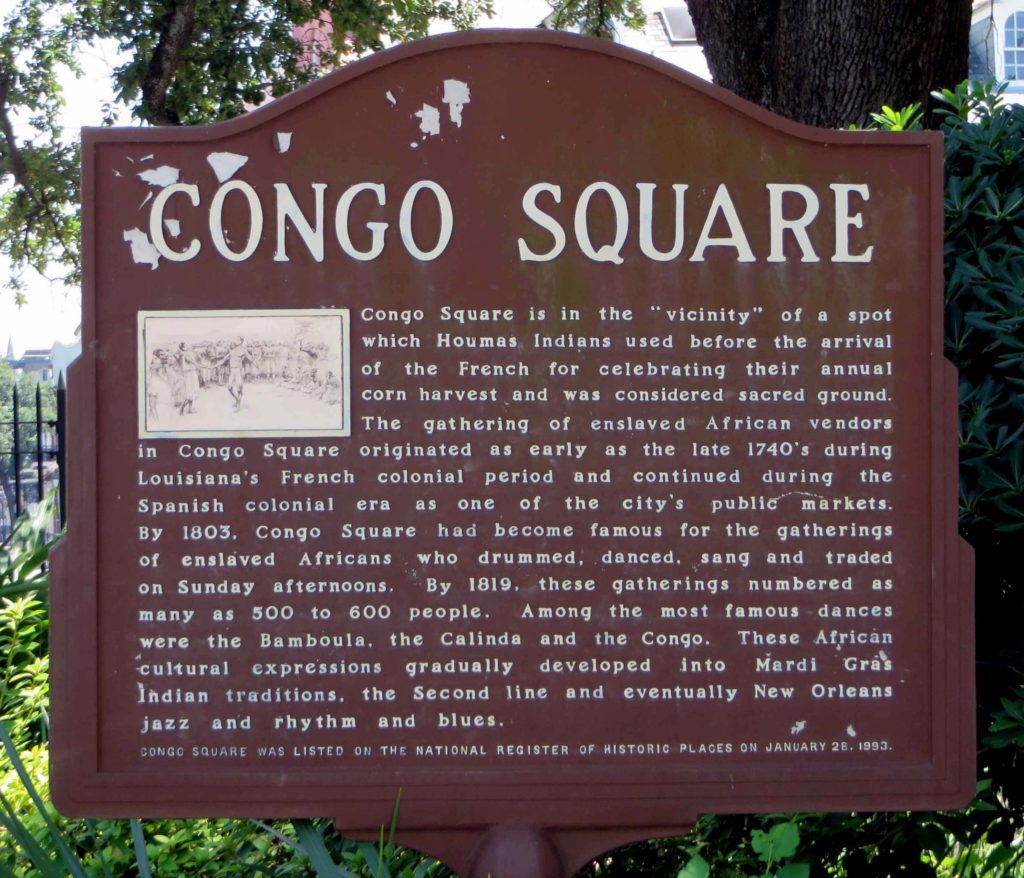Physical Geography In the AAG Journals: Is It Time for a New Approach and a New Journal?
 Winkler
WinklerA great deal of excellent research is conducted by physical geographers. Unfortunately, only a small portion of this research is published in the two AAG journals, the Annals of the Association of American Geographers and The Professional Geographer. As you peruse your November issue of the Annals, you may notice that, for the first time in a number of years, this issue does not include an Environmental Sciences (ES) section. The small number of submissions to this section, in conjunction with the recent increase in the number of Annals issues per year, has made it more difficult to regularly populate an ES section in spite of extensive efforts by the current ES editor to recruit manuscripts. The submission rate of physical geography manuscripts is in sharp contrast to the overall substantial increase in manuscripts submitted to the Annals and The Professional Geographer, but is consistent with trends observed for journals published by other geographical scholarly societies. Few articles by physical geographers appear in the Transactions of the British Geographical Society, for example.
Why do physical geographers publish less in the AAG journals compared to other subfields of geography? Like any author, physical geographers want their research to reach the largest possible audience. They also want their work to reach the audience that can best make use of, and build upon, their research. The perception of many physical geographers is that these goals may not be achieved by publishing in the AAG journals. My own experience is in line with this perception. Over my career, I have published a modest number of physical geography-related articles in the Annals and The Professional Geographer. For the most part, these articles have been cited by fellow “geographer climatologists.” This, of course, is a community whom I respect, and I am honored that they read my work. But at the same time, I would have liked a broader readership for these articles. Other physical geographers apparently feel similarly, as recent surveys, such as that of Steven Quiring* from Texas A&M University, suggest a decline in the proportion of physical geography articles published in geography journals. Quiring found that in 1989-1997 geographer climatologists published 21% of their articles in geography journals, but by 1998-2005 the proportion had dropped to only 11%.
Another confounding factor is that physical geographers are frequently involved in multi-disciplinary research, and the selection of a journal for publication is often a group decision. Journals with names like Annals of the Association of American Geographers or The Professional Geographer can be seen as overly discipline-specific to non-geographers on a research team. More often, interdisciplinary research is submitted to journals serving a broad range of disciplines or to disciplinary journals with exceptionally large readerships. Greater use of quantitative indices to evaluate research success may also be contributing to the relatively small number of submissions by physical geographers to AAG journals. A decade or more ago, quantification of individual productivity was mostly limited to the number of articles published per year, but now H-factors, total number of citations, and related measures are also used to evaluate research productivity and impact. Since physical geographers often compete for resources and recognition with other physical scientists, they are compelled to publish in journals with similar impact factors as the publication outlets of their non-geography colleagues.
What impact does the limited publication by physical geographers in the Annals and The Professional Geography have on the AAG and, more generally, the discipline of geography? In my opinion, the potential consequences are large. We argue that a major strength of our discipline is its integrative nature and the ability of geographers to think and work across the human/physical divide. Yet how strongly can we make this argument if our major journals include little physical geography? What impression do these journals give others of the breadth of geography and its synergies? Also, how is a geography community built, if a major component of the discipline is not publishing in geography journals, and, consequently, other geographers are largely unaware of their work? And if physical geographers no longer turn to the AAG as a publication outlet, will they continue to participate in and support other aspects of the AAG, such as its professional meetings?
The concerns raised above are not new. Nor do they apply only to physical geography. But the lack of an ES section in next month’s Annals reinforces the need for new efforts to ensure the visibility of physical geography within the geography community and beyond.
An essential initial step is for individual physical geographers — including me — to acknowledge the importance of a physical geography presence in AAG journals to the discipline as a whole. A modest commitment, of perhaps one manuscript submission every three to four years over the course of one’s publishing career, would go a long way to increasing physical geography’s presence in the Annals and The Professional Geographer. Physical geographers also need to reconsider what constitutes an “Annals article.” Many of us wait to submit to the Annals until we have that special manuscript we think appeals broadly across much of geography or can be written in a manner that is easily understandable across multiple subfields. We need to keep in mind that scientifically-sound manuscripts that move a subfield of geography forward also merit review and potential publication in the Annals. Greater publicity of AAG journals to other disciplines is also needed. Strategically-distributed press releases of particularly significant papers, whatever the subfield, can attract readership. Additional options include the wide distribution of the table of contents of the Annals and The Professional Geographer via relevant listservs and other media to reach a broader audience.
But “out of the box” approaches also need to be considered. One such option is for the AAG to add new journals to its publications suite — journals that have the AAG imprimatur, yet appeal to a wide range of disciplines and have broad visibility. Such a journal, tentatively titled Geohumanities, is already under consideration by the AAG Council and Central Office, and, at its last meeting, the AAG Council initiated discussion of a second journal geared toward environmental science, referred to, for discussion only at this point, as Geographical Perspectives on Global Change. Both journals would have as their goal the publication of quality research by geographers and non-geographers that advances geographic understanding and/or employs geographic methods and techniques.
How might a new AAG-sponsored global change/environmental science journal enhance the visibility of physical geography research? A thematic, rather than disciplinary, journal title would hopefully attract a broad readership across multiple disciplines. A broad readership, in turn, would make this journal an attractive outlet for physical geographers and other environmental scientists to publish their research. Also, a more thematic journal would be appealing as a publication outlet for the outcomes of interdisciplinary research efforts. If well supported by physical geographers, all geographers could easily turn to this journal to keep abreast of new developments in physical geography. In addition, the AAG could more aggressively market a journal devoted to global change/environmental science to other disciplines, especially those in the natural sciences, than what is currently possible when only a small number of articles related to environmental science are published in the Annals and The Physical Geographer. Wider marketing would bring more attention to the entire AAG journal suite, benefiting our current journals, as well as the proposed new journal. Furthermore, the AAG imprimatur on a successful global change/environmental science journal that is highly regarded across multiple disciplines would bring more visibility to geography’s contribution to these areas, a benefit for the entire discipline.
Obviously, further effort is needed to assure such a journal’s success. We need to explore and identify a niche(s) that an AAG-sponsored global change/environmental science journal could best fill, and selection of a journal title requires careful attention. A visionary, well respected, and dedicated editor, along with a world-class editorial board drawn from multiple disciplines, are essential to the journal’s success. An intense and extensive publicity campaign is also essential. Admittedly, initiating a new journal, especially at a time when the publication industry is undergoing substantial change, has some risk. But so, too, does having a major portion of our discipline not publishing in AAG journals.
I look forward to hearing your thoughts on a new journal, specifically, and on physical geography, more broadly. Also, we will have a moderated discussion on how the AAG can better support physical geography at our annual meeting in Tampa. I invite you to participate. This session is tentatively scheduled for 11:45 a.m. – 12:40 p.m., Thursday, April 10, 2014. More information will be posted on the AAG website and distributed electronically via the AAG Geogram.
–Julie Winkler
* For more information on the survey conducted by Steven Quiring see “Trends in Publication Outlets of Geographer-Climatologists,” The Professional Geographer, Volume 59, Issue 3, pages 357–364, August 2007. DOI: 10.1111/j.1467-9272.2007.00618.x Members can log in to see this article.


 The Tower Theater with its Art Deco style has been a landmark of the neighborhood since it first opened its doors in 1926. Located along Calle Ocho and 15th avenue, the road was a two way street at the time hence the sign of the theater was built at an angle so that it was easy for the drivers to glance quickly at the listing of shows. In the 1960’s with the growth of the Cuban population, the theater was the first one to offer titles in Spanish in Miami-Dade County. Picture Credit: Hilton Cordoba
The Tower Theater with its Art Deco style has been a landmark of the neighborhood since it first opened its doors in 1926. Located along Calle Ocho and 15th avenue, the road was a two way street at the time hence the sign of the theater was built at an angle so that it was easy for the drivers to glance quickly at the listing of shows. In the 1960’s with the growth of the Cuban population, the theater was the first one to offer titles in Spanish in Miami-Dade County. Picture Credit: Hilton Cordoba A shot of the Miami River from Jose Marti Park with the I-95 overpass in the background. In the late 1800’s the Miccosukee people navigated the river from the Everglades to come to trade and exchange items with the white settlers. By 1980, the I-95 overpass was the temporary home where the U.S. government created makeshift camps for Cuban refugees that arrived during the Mariel boatlift. In 2008, Jose Marti Park with the Miami River in the background were the setting for a scene in the comedy-drama film Marley & Me. Picture Credit: Hilton Cordoba
A shot of the Miami River from Jose Marti Park with the I-95 overpass in the background. In the late 1800’s the Miccosukee people navigated the river from the Everglades to come to trade and exchange items with the white settlers. By 1980, the I-95 overpass was the temporary home where the U.S. government created makeshift camps for Cuban refugees that arrived during the Mariel boatlift. In 2008, Jose Marti Park with the Miami River in the background were the setting for a scene in the comedy-drama film Marley & Me. Picture Credit: Hilton Cordoba Fritangas are found throughout the streetscape of Little Havana. These restaurants are not just about the ethnic dishes but also a place to gather news about the homeland or the local community, buy phone cards to call relatives, a place to find souvenirs and delicacies imported from Nicaragua, and even a place of worship on the evening of every December 7th when Nicaraguans celebrate ‘la griteria’ (a chanting to the Immaculate Concepcion of the Virgin Mary, a tradition that dates back to colonial times). Picture Credit: Hilton Cordoba
Fritangas are found throughout the streetscape of Little Havana. These restaurants are not just about the ethnic dishes but also a place to gather news about the homeland or the local community, buy phone cards to call relatives, a place to find souvenirs and delicacies imported from Nicaragua, and even a place of worship on the evening of every December 7th when Nicaraguans celebrate ‘la griteria’ (a chanting to the Immaculate Concepcion of the Virgin Mary, a tradition that dates back to colonial times). Picture Credit: Hilton Cordoba



